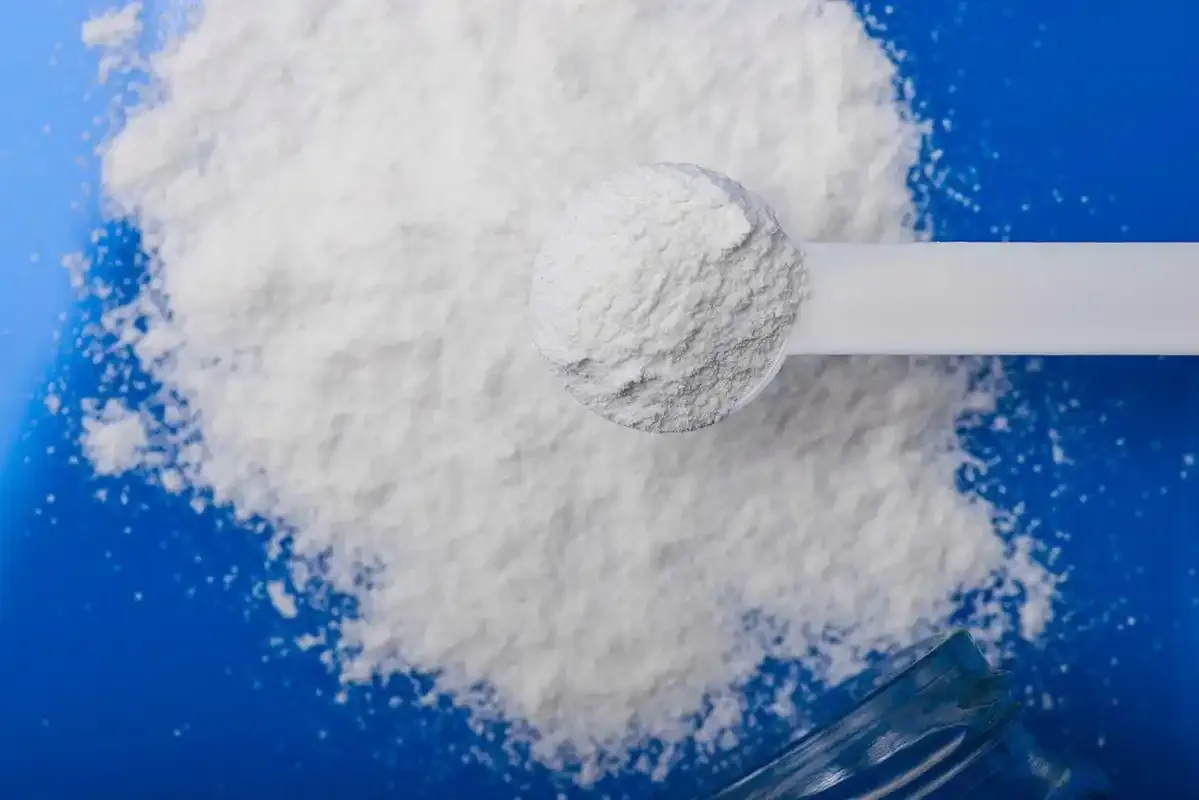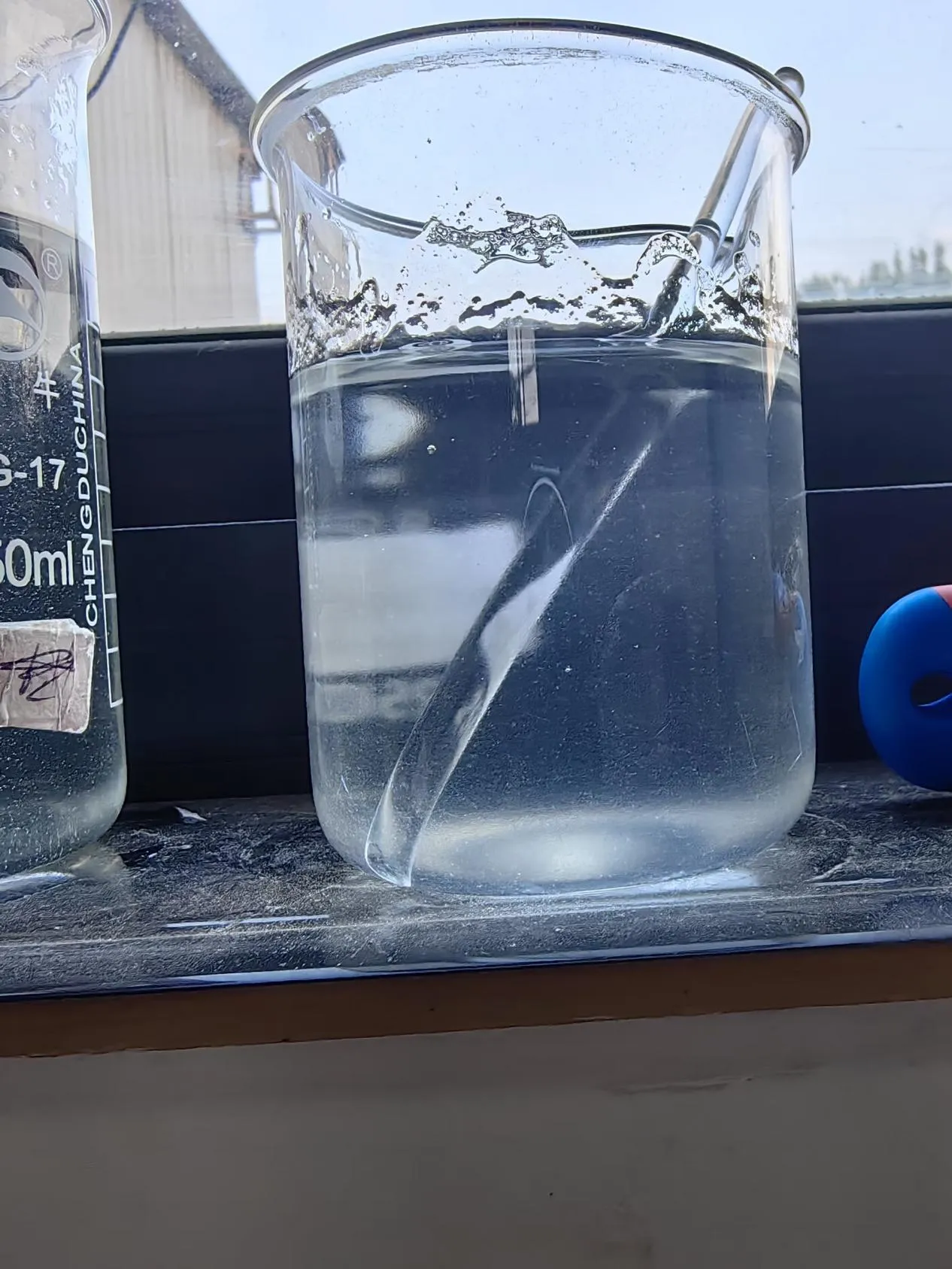
HPMC Types Applications and Formulation Insights
HPMC full form is Hydroxypropyl Methyl Cellulose, a versatile cellulose derivative widely used in pharmaceuticals, food, construction, and medical applications. Its solubility in water, film-forming properties, and chemical stability make HPMC an indispensable polymer. From HPMC for sale in various grades to specialized forms like HPMC E5, HPMC E50, and HPMC K200M, understanding its properties, formulations, and applications is essential for manufacturers and formulators.

HPMC Grades, Properties, and Formulations
HPMC types and grades are distinguished by viscosity, molecular weight, and substitution levels, affecting solubility, gel formation, and mechanical properties.
Pharmaceutical and Medical Applications
HPMC E3, HPMC E4M, HPMC E5 molecular weight, and HPMC E5 viscosity are critical in controlled-release tablets and Lớp phủ ruột HPMC formulations.
HPMC E5 solubility affects dissolution rates, crucial for matrix tablets and sustained-release dosage forms.
HPMC E15, HPMC E15 LV, and HPMC E6 are often used for Lớp phủ màng HPMC, improving tablet appearance, taste masking, and moisture resistance.
HPMC K4M and HPMC K200M provide high viscosity and gel-forming capabilities for oral, topical, and ophthalmic applications.
HPMC lubricant eye drops use HPMC gel to relieve dry eyes, providing sustained lubrication. The HPMC gel preparation ensures uniform consistency and stability.
HPMC medical products are also used in formulations requiring biocompatibility, non-toxicity, and precise rheological behavior. Clinics or HPMC medical centers often rely on these derivatives for ophthalmic and oral pharmaceutical solutions.
Food and Industrial Applications
HPMC food grade acts as a stabilizer, thickener, and film former in beverages, bakery products, and processed foods.
HPMC formulation in food involves careful selection of HPMC molecular weight, viscosity, and solubility to achieve desired texture, mouthfeel, and stability.
Specialty grades like HPMC methocel are used in coatings, adhesives, and industrial binders.
Physical and Chemical Properties
HPMC gelation temperature is the temperature at which HPMC transitions from a liquid to a gel, critical in pharmaceutical and food gels.
HPMC glass transition temperature affects storage stability, film integrity, and mechanical properties of coatings.
HPMC melting point and HPMC molecular weight are key parameters for processing, compounding, and product development.
HPMC Handling, Manufacturing, and Purchase
Manufacturing and Supply
Các HPMC manufacturing process involves alkali treatment, etherification, and drying to achieve specific grades and molecular weights.
Products are commercially available, and HPMC for sale can be sourced in powder, granular, or pre-dispersed gel forms.
Reference documents such as HPMC monograph and HPMC MSDS provide detailed safety, handling, and compliance information.
Practical Tips for Formulation
HPMC gel preparation requires gradual dispersion in water with stirring to prevent clumping, followed by heating if necessary for high-viscosity grades.
Understanding HPMC solubility is essential for pharmaceutical tablets, ophthalmic gels, and food formulations.
Adjusting HPMC K4M viscosity or HPMC E5 solubility helps achieve desired release profiles and texture.
Lớp phủ màng HPMC and Lớp phủ ruột HPMC require precise control of polymer concentration, viscosity, and drying conditions.
Specialized Applications
HPMC lubricant eye drops leverage HPMC’s non-irritating, biocompatible properties.
HPMC food products ensure uniform texture, stability, and improved shelf-life.
High molecular weight grades such as HPMC K200M are used in controlled-release tablets, adhesives, and high-viscosity gels.

Conclusion
HPMC is a versatile polymer with applications across pharmaceuticals, food, medical, and industrial sectors. From HPMC E5 viscosity and HPMC E15 LV to HPMC K4M and HPMC K200M, selecting the right grade depends on the application, desired viscosity, and solubility. HPMC gel preparation, understanding HPMC gelation temperature, and monitoring HPMC glass transition temperature ensure consistent quality in pharmaceuticals, ophthalmic gels, and food products.
With proper adherence to HPMC MSDS, safety protocols, and formulation best practices, HPMC for sale is a reliable polymer for creating Lớp phủ màng HPMC, Lớp phủ ruột HPMC, ophthalmic solutions, and industrial products. Its versatility, stability, and safety make it a critical material in modern formulations.
FAQs on HPMC
What are the main HPMC grades and their uses?
Answer:HPMC gradesinclude HPMC E3, HPMC E4M, HPMC E5, HPMC E6, HPMC K4M, and HPMC K200M. They are used in Lớp phủ ruột HPMC, Lớp phủ màng HPMC, gels, and pharmaceutical formulations depending on viscosity, molecular weight, and solubility.
How is HPMC gel prepared and what is the gelation temperature?
Answer:HPMC gel preparationinvolves gradually dispersing Bột HPMC in water with stirring. The HPMC gelation temperature is the temperature at which it transitions from liquid to gel, affecting stability and viscosity in pharmaceuticals and food gels.
Can HPMC be used in food and beverages?
Answer:Yes, HPMC foodgrade acts as a thickener, stabilizer, and film former. It is used in HPMC juice, bakery products, and processed foods to improve texture, consistency, and shelf life.
What are the safety considerations for handling HPMC?
Answer:Reference HPMC MSDSfor detailed safety and handling guidelines. HPMC is generally non-toxic, non-irritating, and safe for pharmaceutical, food, and ophthalmic applications when handled according to guidelines.
Where can I buy HPMC and which types are available for sale?
Answer:HPMC for saleis available in powders, granules, and pre-dispersed gels. Popular grades include HPMC E15, HPMC E15 LV, HPMC E50, HPMC K4M, and HPMC K200M, suitable for pharmaceuticals, food, and industrial applications.
-
Hydroxypropyl Starch as a Sustainable Construction AdditiveNewsNov.24,2025
-
The Gelation Properties of CMCNewsNov.21,2025
-
Redispersible Latex Powder and Water Retention CapacityNewsNov.21,2025
-
Dosage Control for Polycarboxylate Water ReducerNewsNov.21,2025
-
Film-Forming Properties of Polyvinyl AlcoholNewsNov.21,2025
-
The Function of Gypsum Additives in MortarNewsNov.21,2025





















